LET’S BE FWENDS ISSUE #25:
BREAKING THE LUDIC LOOP
“There’s no goal here, just the pleasure of being in the zone created by this machine.”
~ Natasha Dow Schüll
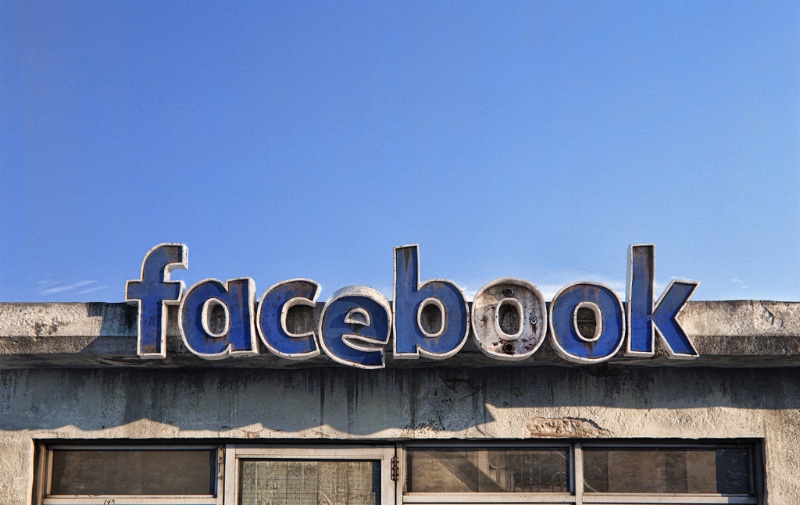
Source:Image from the series ‘Social Decay’ by Andrei Lacatusu.
#deletefacebook ?
Much has been said about the Causa Prima these days - the Facebook / Cambridge Analytica / Palantir data scandal.
I don’t want to rehash what is going on (without doubt you know that), and I don’t want to talk about privacy, data security or similar stuff. Instead, I want to talk about how this situation came to be - how Facebook managed to get so much data on (and out of) us.
Because the problem runs much deeper than the question who get the personal data of over 50 million people and how.
It’s not about Brexit, Trump, Cambridge Analytica or Facebook. It’s about how online media are designed and built.
The Ludic Loop
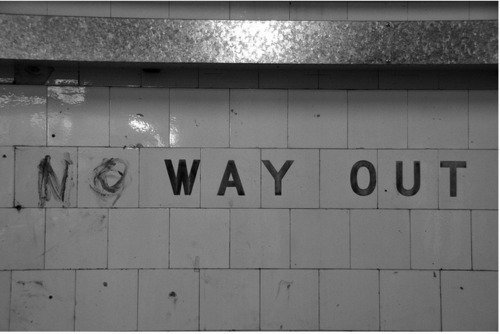
_Source: unknown_We all know the situation: We are bored and want to quickly check Instagram and then spend the next hour sucked into stories and our image feed.
Or we keep refreshing our browser tab on Facebook in the hunt for a new posting. Or hit the „check for new email“ button in our mail client.
For whatever reason, we keep doing it, and feel good while we do it. These experiences leave us so content that we want to do them again. They are addictive.
But why?
This doesn’t happen by accident. These applications are carefully designed to create this kind of flow, this stimulus-reponse model that sometimes gives you something delightful. Just often enough so you keep going.
They lock you into a ‚ludic loop‘, a perpetual repetition of an action you perform because you are expecting some kind of reward once in a while.
The term was coined by Natasha Schüll, who describes it as_“the way that digital interactions are designed across a variety of formats (slot machines, Facebook photo-clicking, candy crush, text checking, and the like)“_
And in case you’re asking yourself: Yes. This is the exact same mechanism that keeps players putting coins into the slot machines in the casinos of Las Vegas.
The interesting thing is that there is no real goal. Nothing to be accomplished. The habit is its own reward.Some people call that an addiction.
In his book ‚Hooked: How to Build Habit-Forming Products‘, Nir Eyal talks about the connection between products and habitual use:
“Habits form when the brain takes a shortcut and stops actively deliberating over what to do next. … Once a habit is formed, the user is automatically triggered to use the product during routine events such as wanting to kill time while waiting in line.“
Sounds familiar?
Digital Self Defense
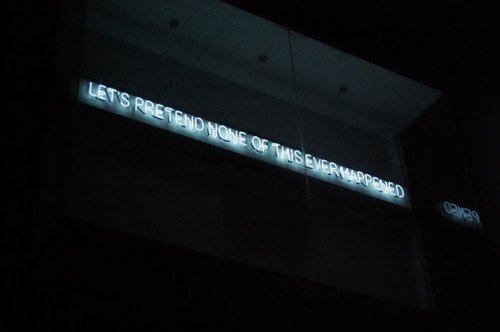
Source: Archillect
How can you counter that addictive loop? Some people suggest making your smart phone less appealing by turning the display to gray scale. Others encourage you to introduce “stop rules” to curb your addictive behavior.
On one hand, this sounds like a good idea. Finding a healthy balance by defining your own rules and sticking to it. But since you’re fighting multibillion dollar-heavy design teams with just your will power, the stage seems a bit tilted. Not in your favor.
Designing for Humans

_Source: unknown._All product design revolves around one simple question: “How can we make it easy for our customers to accomplish their goals?”
Two things are important here: Number one: Who is the user I’m talking about? Am I talking about the person consuming my digital service, or am I talking about the advertiser publishing their ads on my platform?
Designers need to be clear and open about that.
Number two: What does “accomplish their goals” actually mean? Designers need to reframe this question and add context to it. A lot of context. Like, not only asking “how can our user find the information she is looking for in the most convenient way while also finding new inspiration and other interesting accounts to follow?”, but also asking: “And does she really want to spend the next hour down the rabbit hole of her Instagram feed?”.
Then, and only then, are we actually designing for human needs.
Forming Habits is important
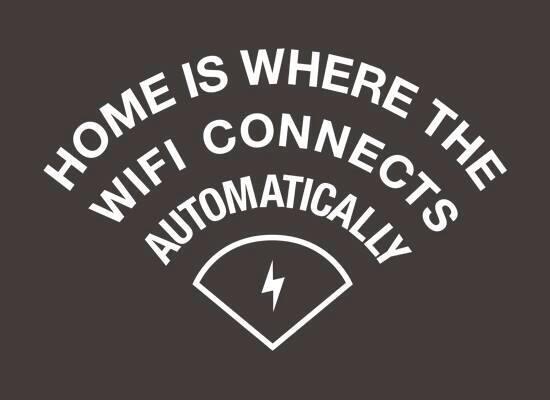
_Source: Unknown._This is not to say that forming habits is not important. Quite the opposite. There are tons of perfectly healthy and great habits to have. Like drinking a glass of water after breakfast. Or being nice to your waiter. Adhering to the speed limit. Check the brakes on your bike from time to time. Those are all habits worth having. But we’re not talking about that kind of habit. We’re talking about a habit created to exploit it.
Don’t be selfish
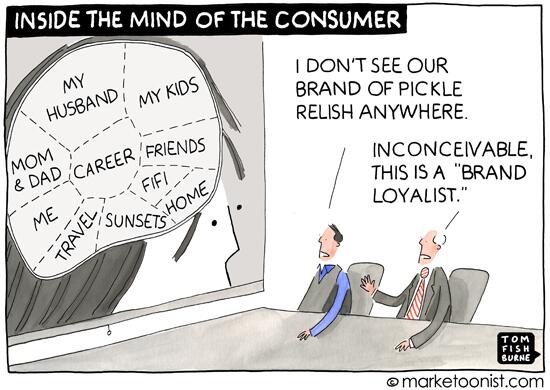
Source: Marketoonist
It is this kind of selfishness on the part of the creator that makes things turn ugly. For example dangling stories about the life of your friends in front of your nose so they can sneak some advertising into it, highjacking your need for human connection.
The same goes for creating or promoting extreme content that tries to get a very strong emotional response from you. This increases your investment in the habit. And we’re still dealing with the fallout of that tactic on a social, or even global level.
In Search of a Business Model

_Source: unknown. I know that this picture makes no sense. But it’s my newsletter, I make the rules._But you can’t solve a problem just by product design. It goes much deeper than that. It is in essence a question of how you plan to sustain the organization building the product.
It’s a question of what your underlying business model is. Facebooks business model is crystal-clear and quite famous: Knowing a lot about its customers and bundling them into focused target audiences tailor-made for advertisers. Google works on that same principle.
But it’s not the only business model out there. Wikipedia is run by a non-profit foundation, as is Mozilla, the creator of the Firefox browser.
Signal, a very secure instant messaging service, is run as open-source project on grants (and without doubt on the work of many volunteers).
But asking for donations is not a viable economic model for a whole sector. The big question is: How can you generate an income stream in an economy that poisoned itself by offering pretty much everything for free?
Mailchimp monetizes the connection between publishers and readers by charging the content publishers for their mail delivery services. The new social network Veropromises to simply charge their users a usage fee. (On a side note: I’m skeptical about Vero. They just extended the „Free for a lifetime“-offer indefinitely beyond the first million users, and still have no information about pricing models and costs. I might be wrong, but this smells like their initial metrics are off their business plan and now they’re scrambling to find a new sustainable model)
What these business models have in common is that they are charging the person having the main benefit. In the case of email marketing, it’s the marketeer. In the case of a social network connecting you with your friends, it’s the user.
But when there is no immediate benefit for someone, there is no business model. So companies like Facebook turned the habit itself into the benefit.
It’s time for a new generation of digital products that create new kinds of economies. Economies where people pay for using services, instead of being turned into commodities by them.
Quote of the week:
“We’re not searching for anything except people. We don’t need other worlds. We need mirrors.” ~ Stanisław Lem
Thank you for reading this slightly different issue of Let’s be Fwends. A bit more like an essay, but I needed to say something that takes longer than just one paragraph. Let me know what you think of this format. And please high-five yourself because you know you want to. 😉
Subscribe to Let's be Fwends